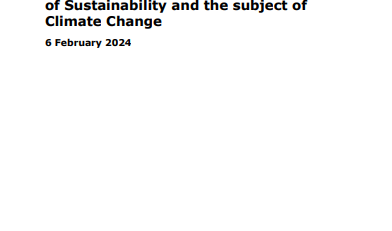Social Security Coverage Around the World: The Case of China and Mexico
By Francisco Perez‐Arce (Åbo Akademi University – Economics & Statistics), María Prados (University of Southern California), Erik Meijer (University of Southern California; RAND Corporation), Jinkook Lee (University of Southern California – Center for Economic & Social Research; Program on Global Aging, Health & Policy, Center for Economic & Social Research; RAND Corporation)
We describe the current state and recent trends in the landscape of social security programs in China, Mexico, and India. A common thread across these countries is the introduction and recent expansion of old-age pension programs with noncontributory components. We use surveys from the HRS-family to analyze trends in the levels and correlates of social security coverage in Mexico and China. The most notable development is the increase in public pension coverage for the elderly population. In China, coverage rates for the population 70 and older grew from 33 percent in 2011 to 68 percent in 2015; and in Mexico from 32 percent to 55 percent in the 10 years following 2002. The new programs also caused significant changes on the determinants of coverage in ways that share similarities across countries. Variables such as educational attainment, urban status, and an employment history in the formal sector, were strong predictors of public pension receipt in the earlier survey-waves, but not in the most recent ones for China and Mexico. However, a strong relationship remains, and is unchanged across time, between those same characteristics and the average income pension amount. Likewise, there are no significant changes between them and receipt of benefits from other social programs. Based on these results, we conduct simulations that show, for example, that even rapid transformation of the labor market or education levels of the population would not radically change the proportion covered by pension programs but would largely increase average pension amounts.
Source: SSRN










